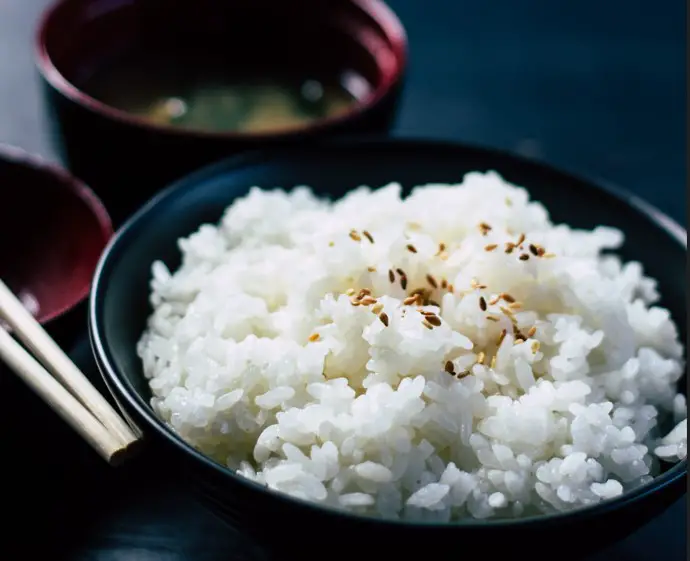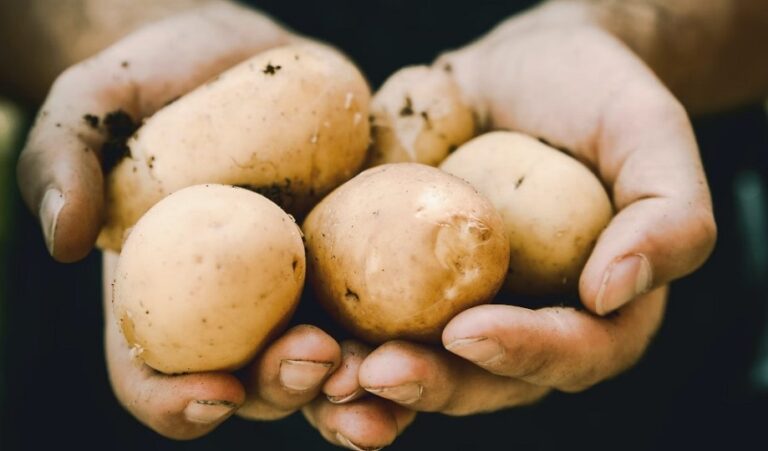Rice noodles, a staple in many global cuisines, often face the challenge of clumping or sticking together during cooking. This common issue can turn a comforting meal into a kitchen ordeal, affecting both the texture and presentation of the dish.
As we explore the reasons behind this clumping and ways to prevent it, we aim to enhance the culinary experience of enjoying rice noodles in various delightful preparations, ensuring they remain as enticing and enjoyable as intended.
Uncovering the Causes
The journey towards perfect, non-clumpy rice noodles often encounters a few common roadblocks. Understanding these causes is the first step towards rectifying the issue. Here are the primary culprits:
Overcooking
Rice noodles have a delicate texture, which can easily tip into a gummy mess when overcooked. This overcooking makes the noodles prone to clumping as they turn sticky and adhere to each other, forming an unappetizing lump
Incorrect Preparation
Unlike traditional wheat-based noodles, rice noodles have a different preparation method. Ignoring the package instructions and treating them like regular pasta can lead to an undesired clumpy outcome. The instructions are tailored to achieve the optimal texture and to prevent clumping, hence adhering to them is crucial
Not Rinsing
The excess starch on the surface of rice noodles can act like glue, causing them to stick together. Rinsing them thoroughly post-cooking is essential to wash away this excess starch and prevent sticking. This simple yet effective step can make a significant difference in achieving separate, non-sticky strands of rice noodles
Preventive Measures and Troubleshooting Common Mistakes
Mastering the art of cooking rice noodles requires a blend of proper techniques and timely actions. Here are some preventive measures and troubleshooting tips to ward off the clumping menace and enjoy the distinct, tender strands of rice noodles in your favorite dishes:
Preventive Measures
- Proper Cooking Duration:
- Adhering to the cooking instructions provided on the package is fundamental in preventing overcooking, a primary cause of clumping. These guidelines are tailored to ensure the noodles reach the desired texture without turning into a sticky mass.
- Rinsing:
- Once the cooking is done, a thorough rinse in cold water is imperative. This step helps in halting the cooking process and washing away the excess starch, which, if left untreated, could lead to the noodles sticking together. Rinsing ensures that the noodles remain separate and retain a pleasant texture.
- Stir-frying Tips:
- If your recipe calls for stir-frying the rice noodles, ensuring they are well-drained before adding them to the hot pan is crucial. Additionally, moving them around in the pan helps to loosen them up, preventing any clumps from forming. The heat and the movement assist in keeping the noodles separate and ready to soak up the flavors of your stir-fry.
Troubleshooting Common Mistakes
- Correcting Overcooking:
- If you realize you’ve overcooked your noodles, immediately rinse them in cold water to stop the cooking process.
- For slightly overcooked noodles, a quick toss in a hot pan can help revive their texture.
- Avoiding Overcrowding:
- Cook noodles in a large enough pot to give them space to move freely, reducing the chances of clumping.
- If cooking in batches, ensure each batch is well-drained before adding the next.
- Improper Rinsing:
- If noodles have turned sticky due to inadequate rinsing, rinse them again under cold water while gently separating them with your fingers.
- Separating Clumped Noodles:
- For noodles that have clumped together, a gentle sauté with a bit of oil on medium heat can help separate them.
- Alternatively, rinsing clumped noodles under warm water while gently pulling them apart can also be effective.
- Ignoring Package Instructions:
- Always refer back to the package instructions. If you find the results are consistently not to your liking, experiment with reducing the cooking time slightly.
- Using the Wrong Pan for Stir-frying:
- Use a large, non-stick pan or a well-seasoned wok to prevent noodles from sticking to the bottom while stir-frying.
By adhering to these preventive measures and being mindful of common mistakes, you can significantly improve your rice noodle dishes, ensuring they turn out delightful each time.



